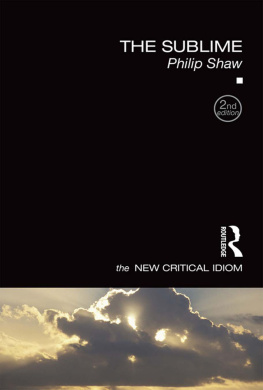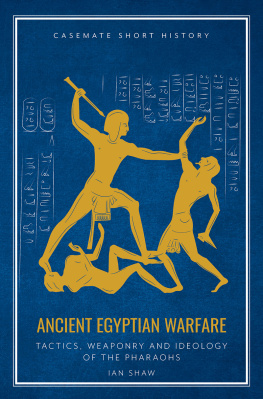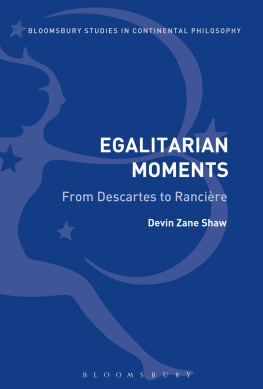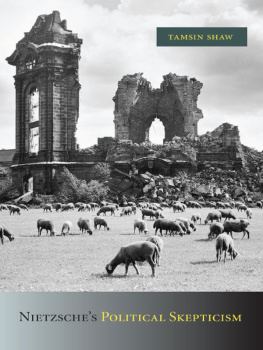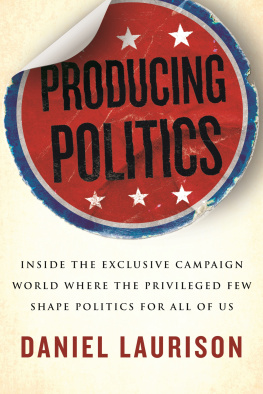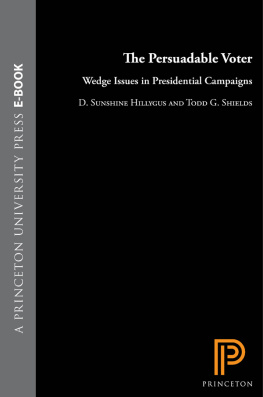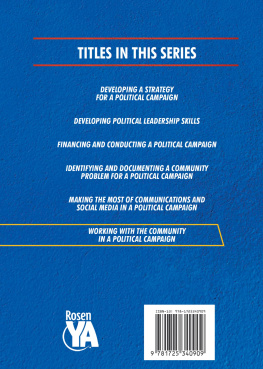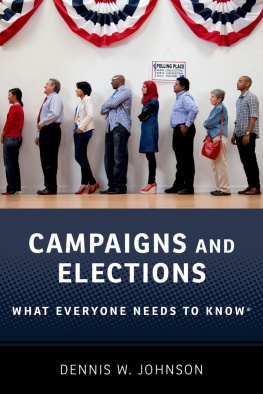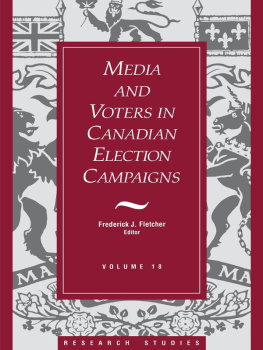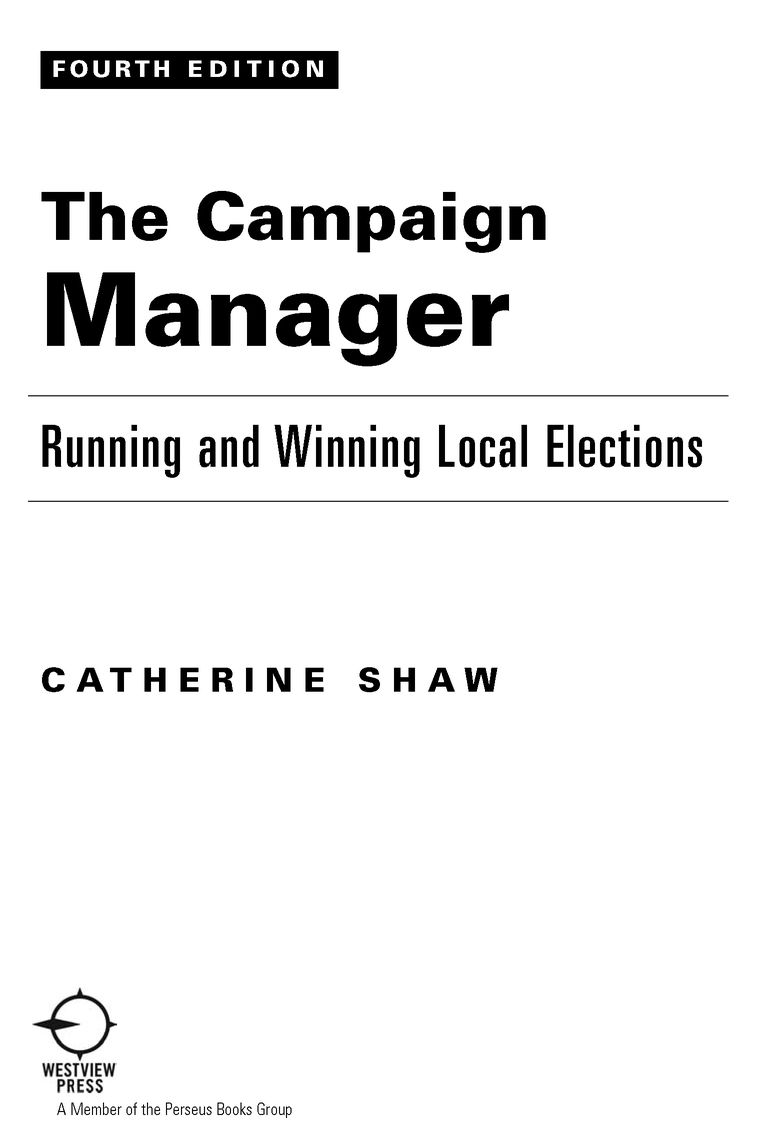Table of Contents
Dedicated to my children,
Daniel Booker and Sarah Beth
Preface
Running for local office can be one of the most demanding and yet exhilarating experiences of your life. Your house will be a wreck, your children ignored, and your partner, whether involved in the campaign or not, will be stressed. And yet, seeking office or pushing through an issue-based campaign gives you an opportunity to be a leader, to effect change in your community, and to repay something to the city, county, state, or country you love. The campaign experience also offers you an opportunity to grow personally. You will be challenged and stretched as never before. When its all over, win or lose, you will be a different person, with a different outlook on our political process and a new respect for those who run and serve.
When I first ran for mayor of Ashland, Oregon, in 1988, I had little prior government or management experience. Many felt I should start at the council level and work my way up before taking on the position of CEO of a multimilliondollar municipality. However, having so little experience allowed me to view things with a fresh eye. After three terms and twelve years at that post, the council, the city staff, the community, and I implemented dozens of programs, including open space, water conservation, community composting and recycling, voter-approved air quality standards, wetland and floodplain preservation, wastewater treatment plant upgrades, forest management, and restoration and expansion of the library, fire station, and city offices. We also worked closely with our public school system to find ways to ease its financial burden in the wake of state budget cutbacks. We divested our hospital, helped save a ski resort, and acquired an ambulance service. We installed a dark fiber ring in our city, providing direct-connect, high-speed Internet access and cable TV services. By having community and government work in partnership, weve been able to create and act on opportunities normally available only to large metropolitan areas.
You have to be smart enough to understand the game and dumb enough to think its important.
GENE MCCARTHY, on how politics is like coaching football
There are over a half million elective offices in the United States. If you have an inclination to serve and a desire to be a leader in your community, do it. Being in a position where you can have a positive impact on your community and bring about change is more rewarding and fun than you can imagine. Ultimately, the only real credentials you need are integrity, a caring heart, and a strong work ethic.
Since 1985 I have worked on or run many campaigns in my region. Through years of experimentation and collaboration with other seasoned campaigners, I found organizational techniques that worked in political campaigns, and I began to apply them to the campaign process. This book is the culmination of campaign trial and error and will give you the tools you need to organize the efforts of others on your behalf. Whether you are a novice or a seasoned campaigner, you will find information here that will make your efforts more organized and effective.
Good luck, and enjoy the process.
Politicsgood politicsis public service. There is no life or occupation in which a man can find a greater opportunity to serve his community or his country.
HARRY TRUMAN
How to Use This Handbook
Running an effective local election is more work than you can possibly imagine. It involves recruiting volunteers, raising money (lots of it), running phone banks, creating media presentations, canvassing, and getting out the vote. The candidate or issue must be packaged in a believable and compelling way, and resources must be effectively allocated.
This handbook breaks a campaign down into manageable units for easy implementation. If you are the candidate, you will find the necessary tools to coordinate your efforts with those of your campaign manager and committee. If youre the campaign manager, either for a candidate or for an issue-based campaign, this handbook will organize and guide you and your team through the campaign process.
Because implementing each of the components of a winning campaign is easier if you have an understanding of the complexity of the whole process, take time to read this entire handbook before you design your campaign flowchart or draft your campaign plan. Nevertheless, for those who came to this book late in the process, each chapter is designed to stand alone. If you have lawn sign installation in a week, you can go straight to that chapter and, following the instructions, implement that portion of the campaign.
The Framework
In local politics, there are generally three types of political campaigns:
Partisan candidate
Nonpartisan candidate
Issue-based
Although some states allow a primary winner who receives more than 50 percent of the vote to take office with no runoff, a partisan race typically has a primary, with party winners squaring off in a general election.
A nonpartisan race usually has only one election, the general election, in which the winner takes all. However, some nonpartisan races, including judicial elections, require a candidate to receive 50 percent of the votes cast or face a general election runoff; this book includes strategies for winning 50 percent of the vote to avoid a runoff.
An issue-based campaign, like a nonpartisan race, takes place in one election cycle, but unlike candidate races, depending on the state and locality, the campaign can occur in any election. Issue-based campaigns may either be brought to the voters by the governing body (referral) or, in some states, be brought to the voters through the citizen initiative process.
Behind all political success is attention to detail.
LARRY OBRIEN, adviser to John F. Kennedy
Within this handbook are field-tested systems designed to establish an organizational framework for campaign activities such as phone banks, clerical teams, brochure development, media, fund-raising, lawn sign dispersal and maintenance, canvassing, and the get-out-the-vote (GOTV) effort. Underlying each of these is the framework for systematically organizing other peoples efforts on your behalf through the campaign committee, the campaign team, and extended volunteer organization in the field.
Also included are tips for building theme and message as well as disciplines to stay on your message whether you are in debates, facing the media, or creating campaign literature media production.
By breaking a campaign down into manageable units and organizing the activities within each component, you will never overload your workforce. Once you have decided what you can or want to do in organizing your campaign, you will need to plot these activities on a campaign flowchart, calendar, or plan. Campaign plans are probably the most widely accepted blueprint design for a campaign. However, I prefer a more visual campaign flowchart because it presents a campaign timeline that can be understood at a glance. Any campaign flowchart or calendar can be converted to a plan; immediately after the books instructions on creating a flowchart, there are directions for a conversion to a campaign plan.




